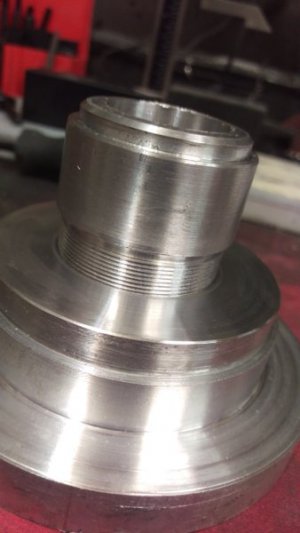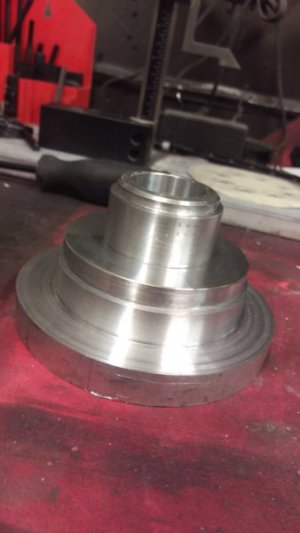- Joined
- Nov 18, 2012
- Messages
- 1,352
This may be obvious to all you pros, but I thought I would mention it. I have always cut off large diameters with my hacksaw. The cut was less than pretty. It was just the ordinary simple hacksaw with the wing nut to secure the blade. Then I discovered high tension hacksaws, perhaps from someone on this forum. What an amazing difference! I recently cut a end off a 2" diameter aluminum rod. I hardly had to face much off to get it trued up in the lathe.
David
David




